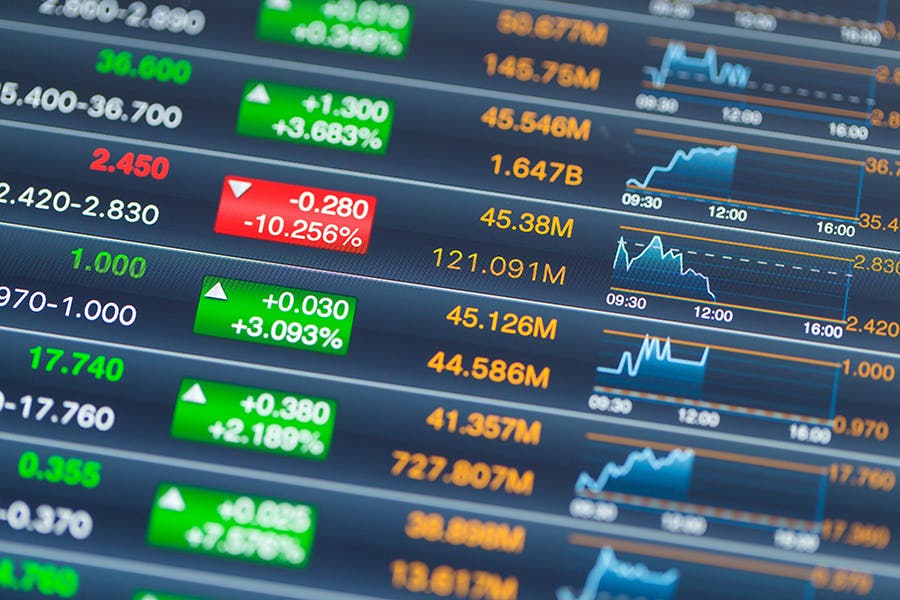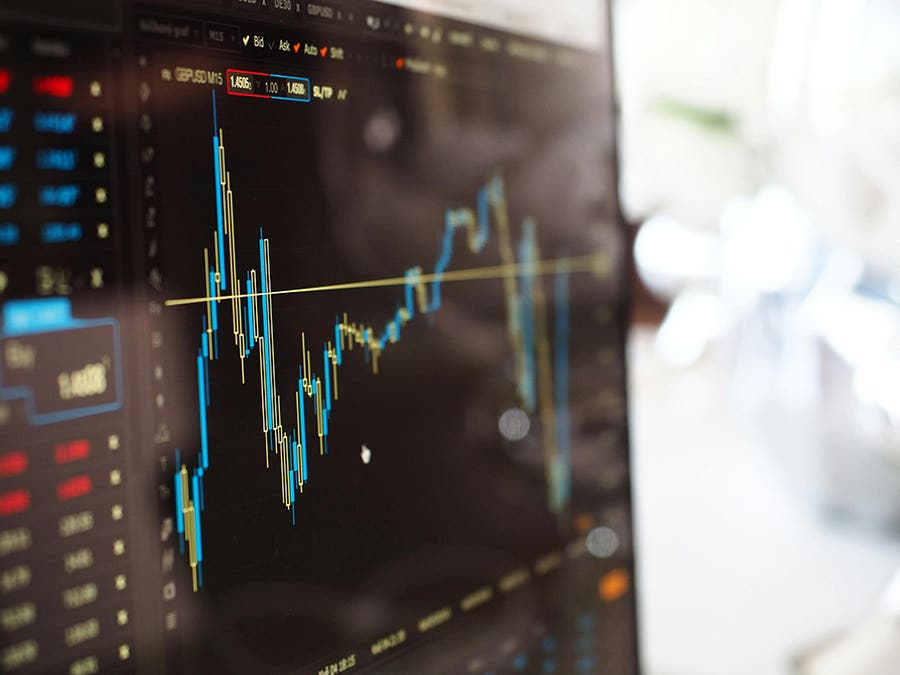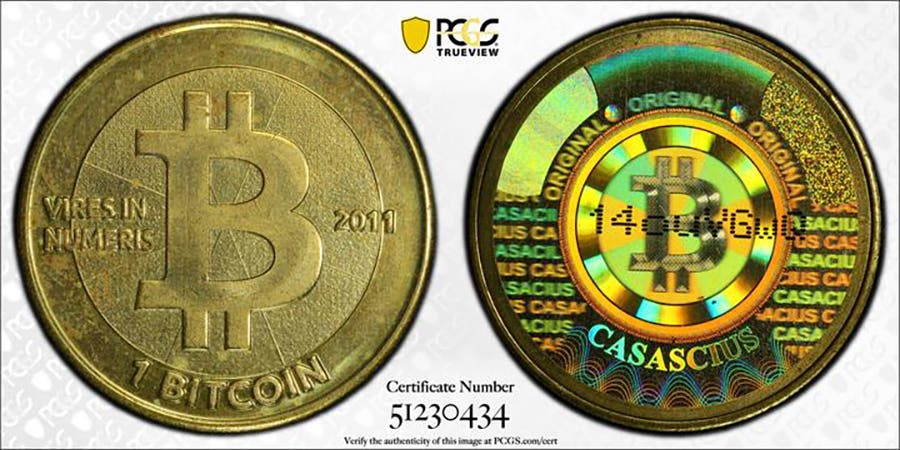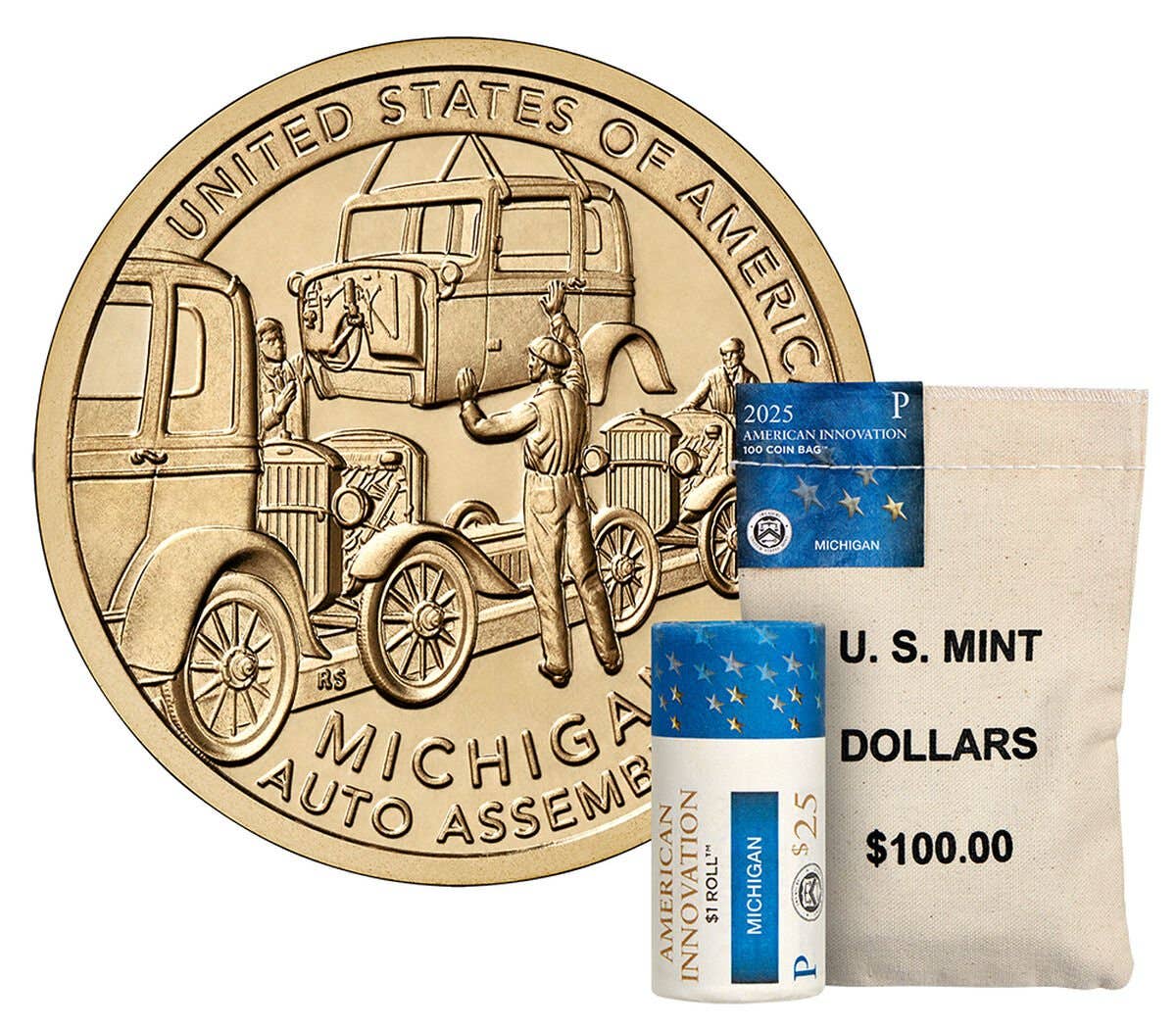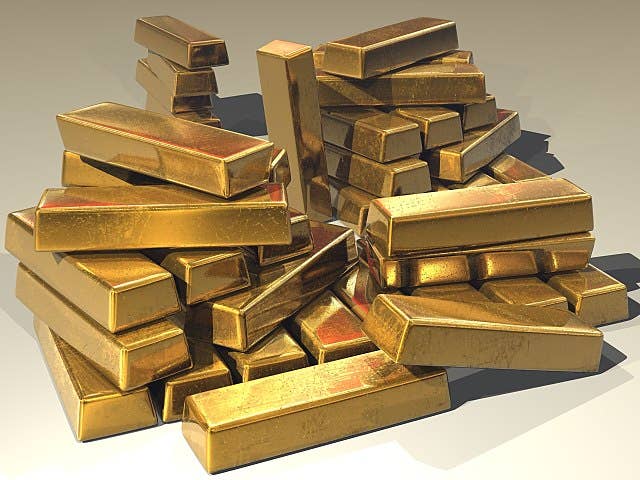Gold and Silver Market Differences
Although gold and silver are both precious metals and have both experienced major usage as circulating and bullion coins, they function in distinctly different markets. One consequence is that, on…
Although gold and silver are both precious metals and have both experienced major usage as circulating and bullion coins, they function in distinctly different markets.
One consequence is that, on a daily basis, the prices of these two metals only move in the same direction about 70 percent of the time. Even when the prices do move in the same direction, they often do not change close to parallel percentages.
There are several reasons why gold and silver prices do not move in lockstep.
Gold: Gold’s dominant usage is as a monetary and investment metal. Even much of the jewelry purchased in jewelry form, especially in Asian nations, is acquired as a store of wealth rather than for wearing.
In mining operations, gold is typically the overwhelming value of metal that is recovered. There are often small quantities of silver also recovered from gold mines, but the value is insignificant to the financial profitability of the operation.
About 20 percent of all gold ever recovered, about 1 billion ounces, is in the inventories of central banks and official organizations such as the International Monetary Fund. Official gold sales and purchases can affect the price of the metal.
The London Bullion Market Association (LBMA) is the world’s largest market for trading both gold and silver. The LBMA regularly trades over 20 million ounces of gold on a daily basis, which has a current market value of more than $37 billion. At the end of January 2023, the LBMA reported gold inventories of 9,032 tons (over 290 million ounces), with a then market value of $558.7 billion.
Silver: According to the Silver Institute’s report on 2022 silver supply and demand, industrial production accounted for almost 45 percent of total demand, physical investment accounted for another 27 percent, jewelry for almost 20 percent, silverware for 6 percent and photography for just over 2 percent. Thus, monetary and investment demand do not drive silver’s price. In recent years, there has been a substantial increase in the use of silver for its anti-bacterial properties on top of already wide electrical conductivity usage. Silver is also widely used in environmentally friendly applications such as solar panels.
Only about 30 percent of newly mined silver comes from primary silver mines, where the value of the recovered silver determines the economic feasibility of the operation. The other 70 percent of silver mine production is as a co-product or by-product of gold, copper, zinc and lead mines. In gold and copper mines, the silver output tends to be insignificant. In the other kinds of mines, the value of the recovered silver is essential for the mine to operate at a profit.
The world’s largest silver-producing mine is actually a primary copper mine in Poland. The world’s largest zinc mine is Red Dog Mine above the Arctic Circle in Alaska. It is also a major producer of lead. Further, it is the second largest silver producer in the United States. For mines that are not primary silver operations, the economics of their operations may often depend on the value of the other metals recovered, with the silver considered an offset to overhead costs. Thus, their silver production is unaffected or only slightly impacted by changes in the price of silver.
In decades past after silver coins were no longer struck for circulation, the governments of India, Mexico and the United States held inventories of silver. Today there are no official inventories where supplies could be sold onto the market to drive down prices.
The LBMA regularly trades more than 200 million ounces of silver on a daily basis, with a current market value around $4.5 billion. This is only about 1/8 of the value of gold traded on the LBMA. At the end of January 2023, the LBMA reported 26,154 tons (about 840 million ounces) of silver inventories, with a then-market value of about $19.3 billion. The value of this inventory was only about 3.5 percent of the gold inventory held by the LBMA.
On Feb. 7, 2023, the NASDAQ stock exchange handled $259.5 billion of trades. The average daily LBMA gold volume of $37 billion is about 14 percent of that total, while the LBMA average daily silver volume only comes up to 1.7 percent of that total. When you consider that there are several major global stock exchanges, the trading volume in gold and silver does not have a large impact on world financial markets.
More coin and bullion sales tax exemption activity in 2023:
In response to last week’s article listing 2023 efforts to add more precious metals bullion/coin/currency sales tax exemptions, we have learned about two additional states where bills have been introduced.
In Wisconsin, Senate Bill 33 has been introduced with several Senate sponsors and a number of House co-sponsors. It specifies that precious metal bullion be exempt from sales tax. In the definition of precious metals bullion, it includes any fabricated bars or sheets plus any coins as long as they have at least 35 percent purity of gold, silver, copper, platinum or palladium.
By setting the minimum purity level that low, that means that U.S. 40 percent silver coins and the World War II-era 35 percent silver nickels qualify for the exemption. However, 1943 steel cents and the current copper-coated zinc cents would not qualify for a sales tax exemption. Most other current U.S. coins would be exempt because of their high copper content. Foreign coins made of nickel, aluminum, zinc or other metals would also not be exempt.
In Alaska, a state with no statewide sales tax, most boroughs there impose a local sales tax of 3 percent to 7.85 percent. Anchorage, with about 25 percent of the state’s population, is one of the few boroughs that does not charge any local sales tax. House Bill 3 has been introduced to prohibit sales tax being charged on “specie.” Specie is defined as legal tender (recognized medium of exchange) issued by the federal government or a foreign government at any time, any product that the state government may designate as specie, and gold or silver bullion valued primarily on its metal content that is stamped or imprinted with its weight and purity.
For further information on any of these bullion/coin/currency sales tax exemption efforts in 2023, please contact the National Coin & Bullion Association at www.nationalcoinbullionassoc.org.




